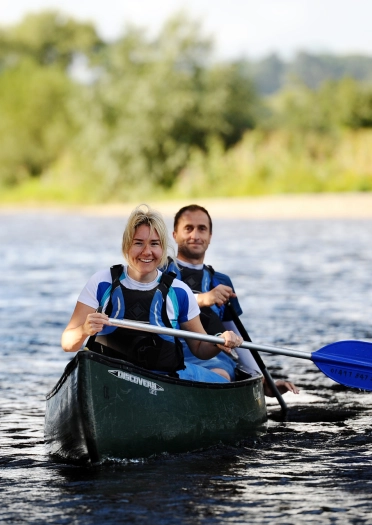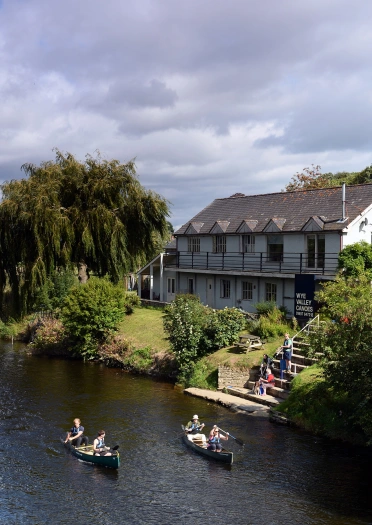The Lower Wye Valley has charmed artists, writers and poets for centuries and has been a National Landscape (formerly Area of Outstanding Natural Beauty (AONB)) for over 40 years. Lying on the border between Monmouthshire, Herefordshire and Gloucestershire, it’s a wonderful place to visit in any season but it’s particularly gorgeous in spring, when the first buds are bursting into life, and unforgettable in autumn, when the ash, beech and oak trees put on a spectacular show of colour.
But there’s more to this lovely lowland region than good looks. The Wye is the first river in Britain to be designated a Site of Special Scientific Interest (SSSI) along its entire length, from its source on the slopes of Pumlumon in the Cambrian Mountains, to its mouth at Chepstow. It’s also a European Special Area of Conservation (SAC). Its lush, leafy valley is heaven for walking, cycling, horse riding, rock climbing, caving, canoeing and kayaking.
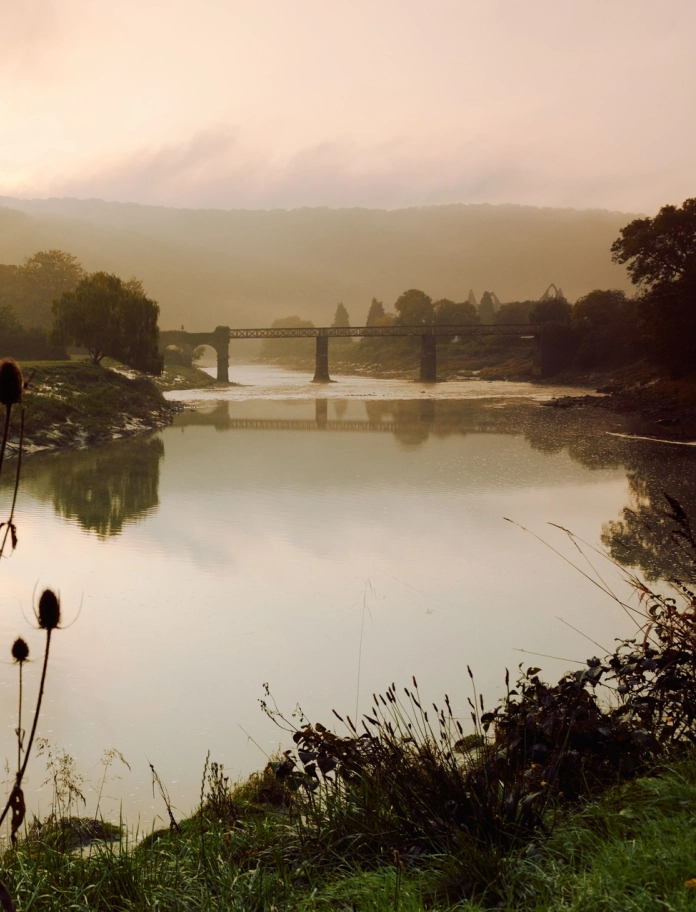
Exploring the valley
Tracing the course of the River Wye from just south of Hereford to its mouth at Chepstow, the Wye Valley National Landscape protects an impressive limestone gorge, its steep-sided banks covered with native woodland. In the Welsh section, a beautiful valley road, the A466, winds along the gorge from Monmouth to Chepstow, making this an appealing region to explore by car. But horse riding or walking are even better.
Riders have plenty of stables and bridleways to choose from, and walkers can sample short, circular routes or the two signposted long-distance walking paths which pass through the region. The 17-mile southern section of the Wye Valley Walk leads from Chepstow Castle, whose Norman walls tower over the Wye, to the historic town of Monmouth, birthplace of Henry V. It takes you through picturesque woodland on the west side of the valley: on a spring morning, you’ll be enchanted by birdsong and bluebells. Walkable in a day, this is the start of a continuous, 136-mile route to the source of the Wye.
Offa’s Dyke Path, which also starts at Chepstow, follows the east side of the valley for 18 miles to Monmouth before continuing for another 169 miles to Prestatyn via another of the Welsh National Landscapes, the Clwydian Range and Dee Valley.
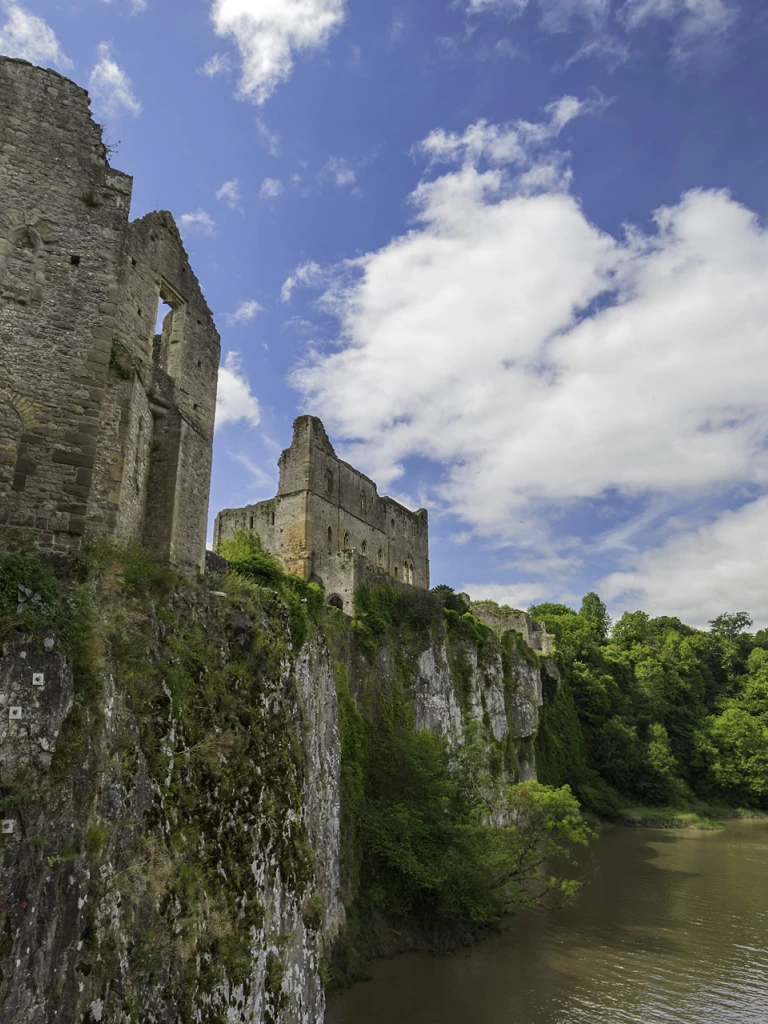
Romantic ruins
Tintern Abbey, founded by Cistercian monks in 1131, was a masterpiece of Gothic architecture. Like so many other British abbeys, its decay began shortly after the Dissolution of the Monasteries in the reign of Henry VIII. By the late 1700s, it was a favourite destination for tourists with a taste for the romantic and picturesque – among them, the poet William Wordsworth. When JMW Turner painted its graceful arches in 1794 they were furred with foliage, but these days they’re carefully preserved and blissfully atmospheric to explore.
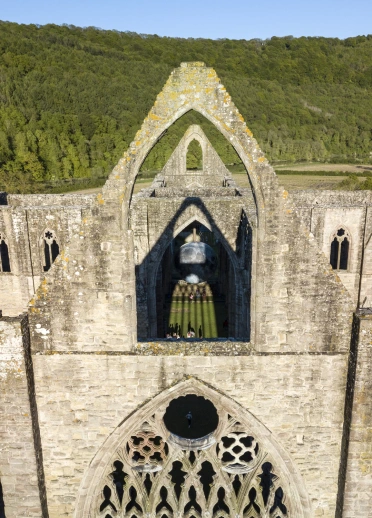
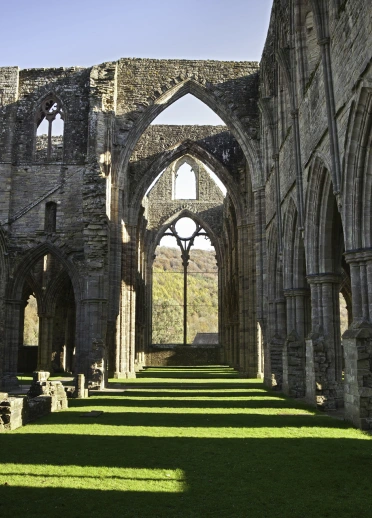
Take to the water
The stretch of the River Wye between Monmouth and Tintern is glassy and gorgeous, with mist rising over the water on crisp autumn mornings. There are several safe launch points for canoes and kayaks, with specialist companies on hand to supply all the gear you may need or guide you along the river. Set off from Monmouth and you can paddle the 11.5 miles to Tintern in five or six hours. It’s a glorious journey with fabulous, leafy views.
